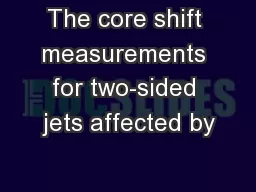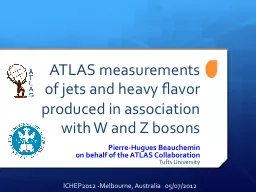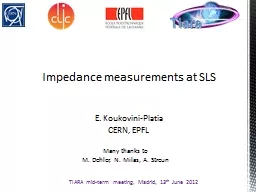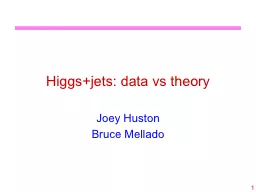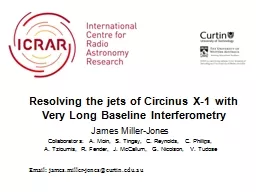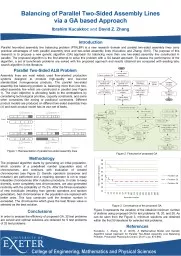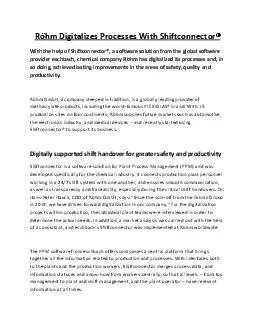PPT-The core shift measurements for two-sided jets affected by
Author : faustina-dinatale | Published Date : 2017-06-15
Takafumi Haga SOKENDAIISAS Collaborators Akihiro Doi Yasuhiro Murata ISASJAXA Hiroshi Sudo Gifu Univ Seiji Kameno Kagoshima Univ Kazuhiro Hada IRAINAF
Presentation Embed Code
Download Presentation
Download Presentation The PPT/PDF document "The core shift measurements for two-side..." is the property of its rightful owner. Permission is granted to download and print the materials on this website for personal, non-commercial use only, and to display it on your personal computer provided you do not modify the materials and that you retain all copyright notices contained in the materials. By downloading content from our website, you accept the terms of this agreement.
The core shift measurements for two-sided jets affected by: Transcript
Download Rules Of Document
"The core shift measurements for two-sided jets affected by"The content belongs to its owner. You may download and print it for personal use, without modification, and keep all copyright notices. By downloading, you agree to these terms.
Related Documents

